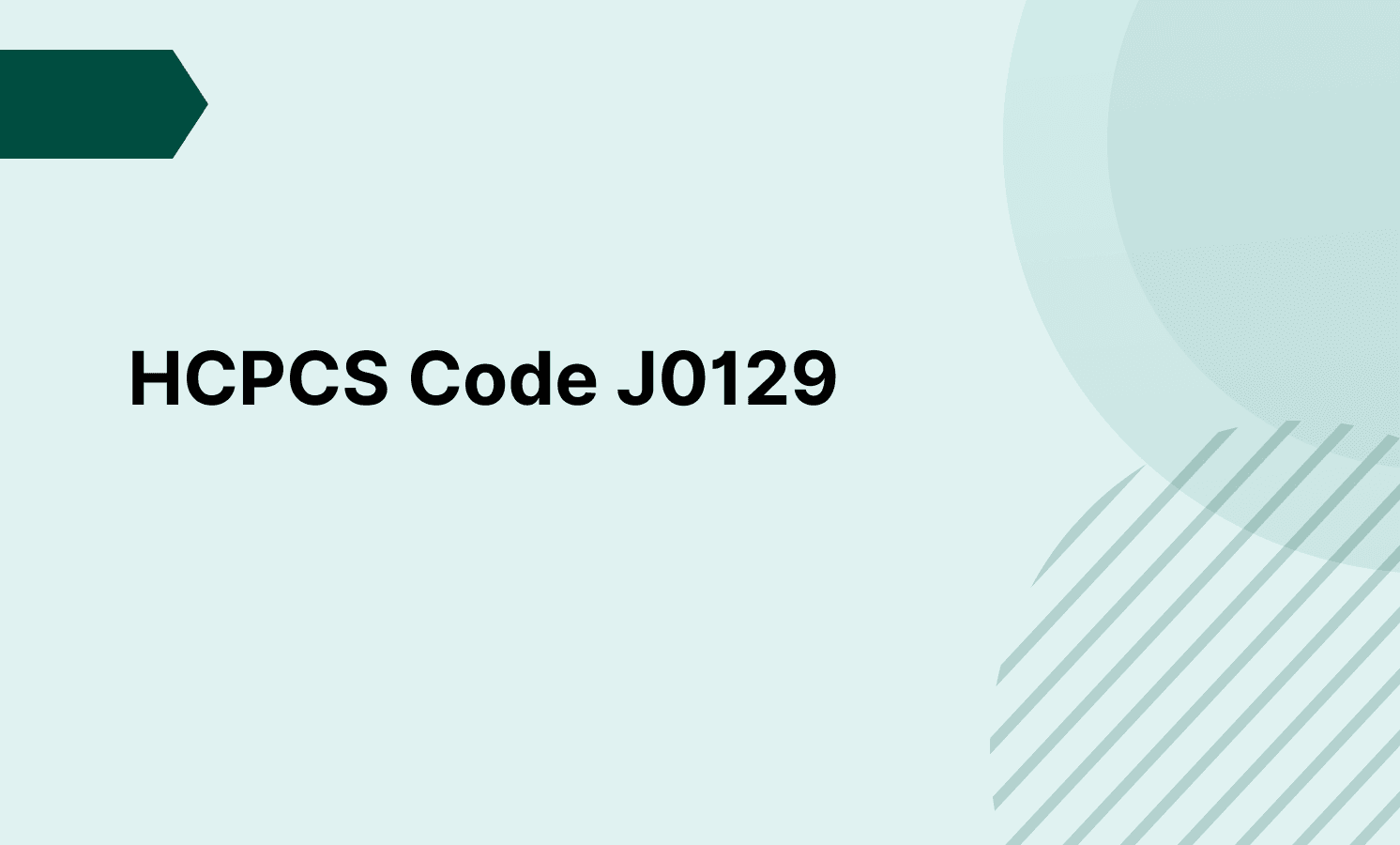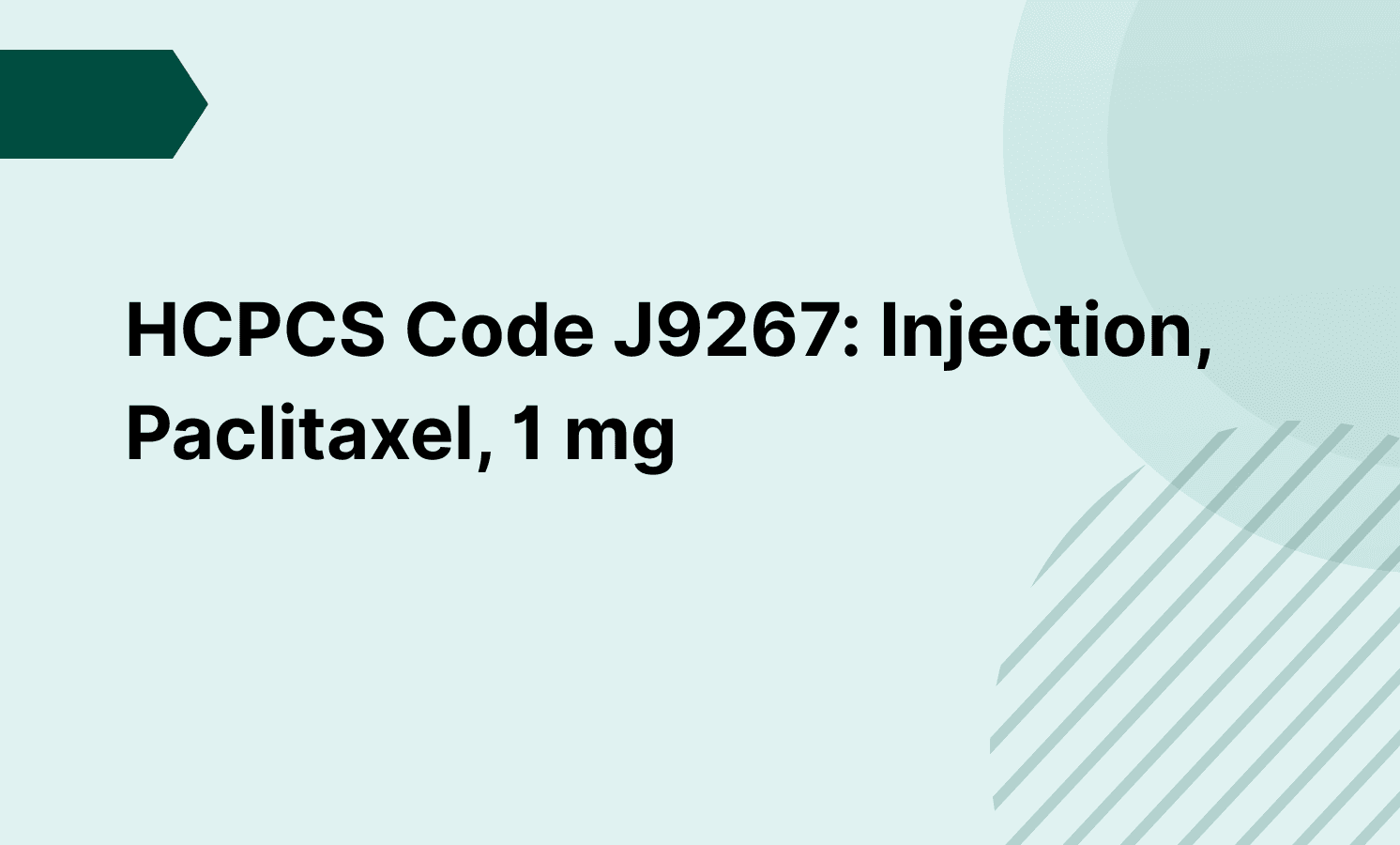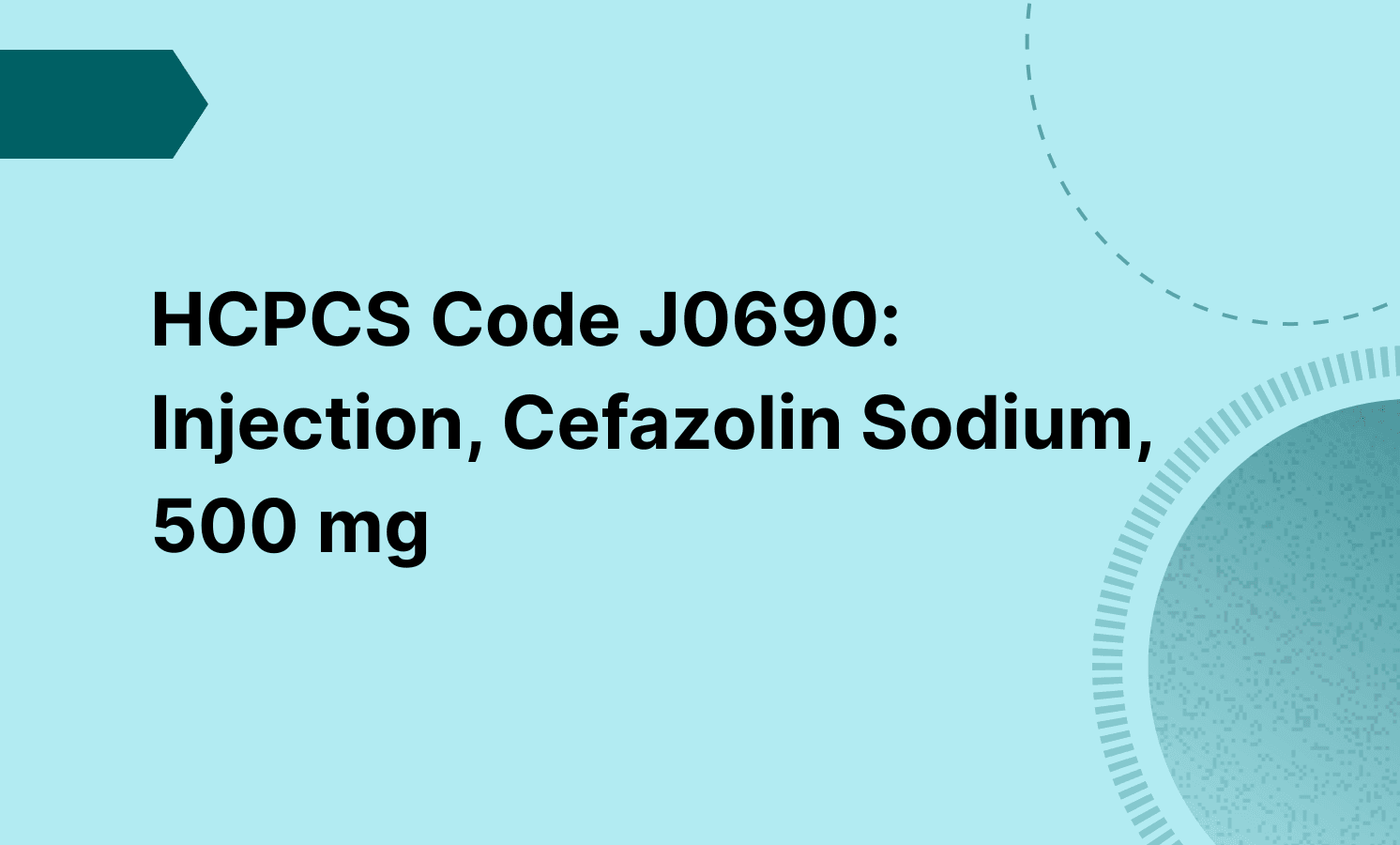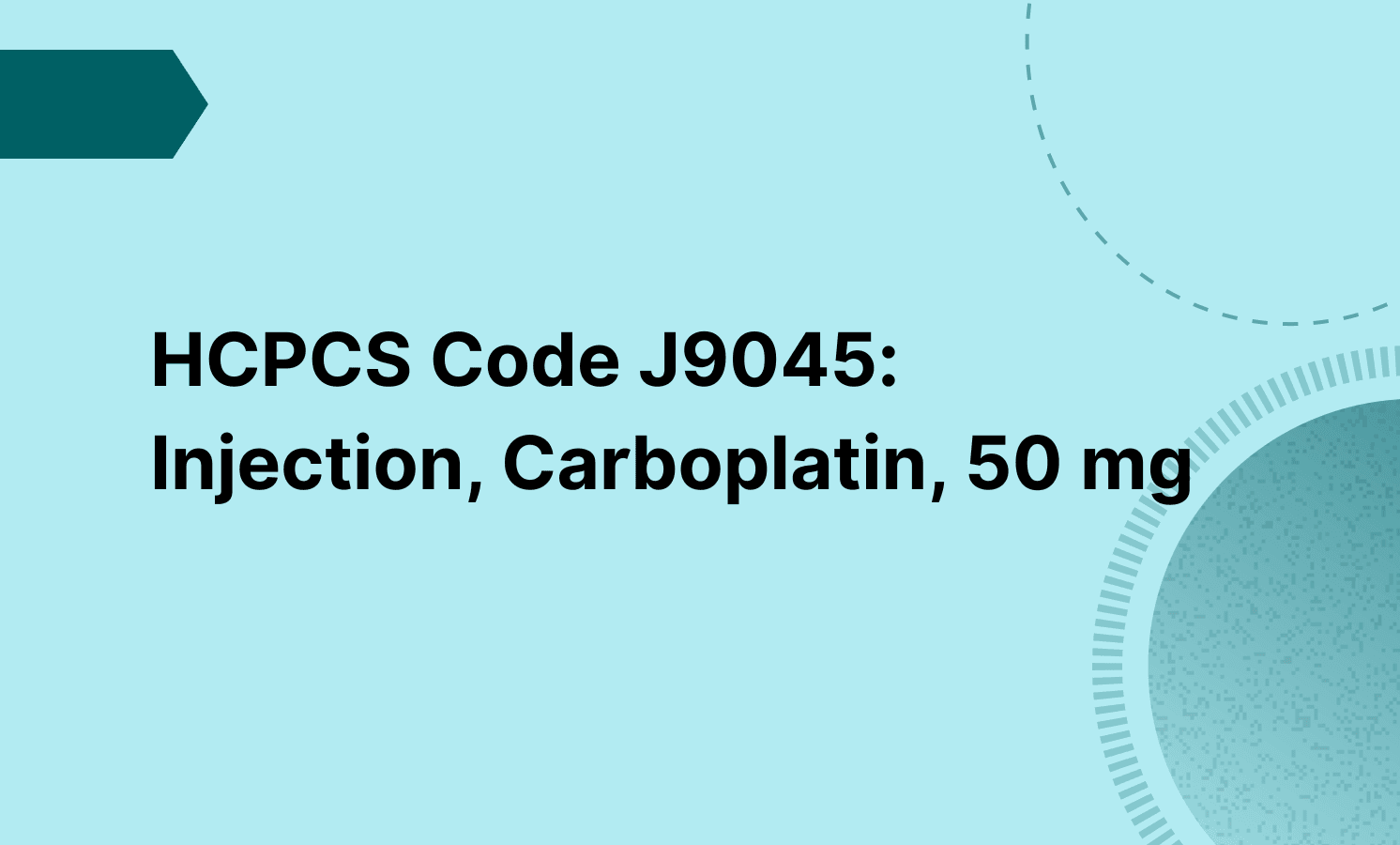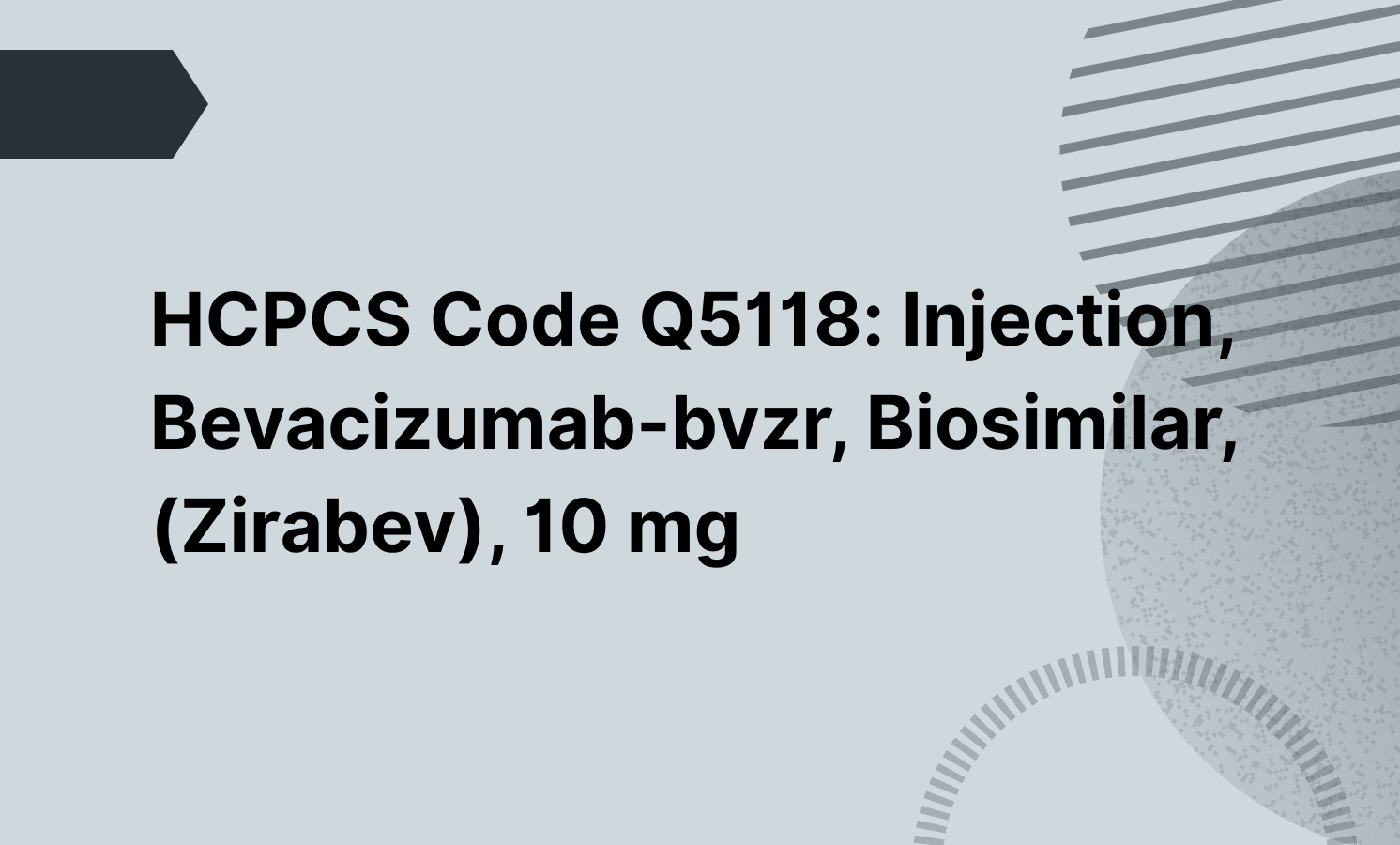71260 includes contrast, while 71250 is non-contrast.
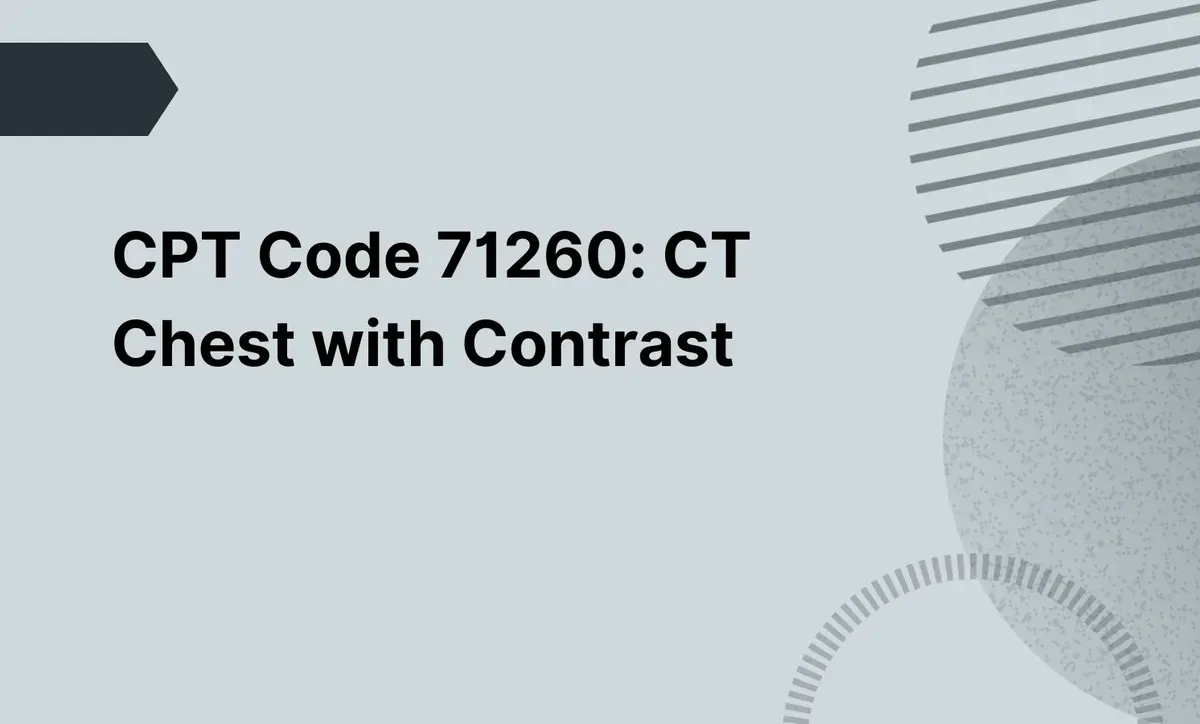
CPT Code 71260: CT Chest with Contrast
Learn about the uses, modifiers, and reimbursement details for CPT code 71260 to streamline your billing process.
Frequently asked questions
If both non-contrast and contrast-enhanced CT scans of the chest are performed during the same session, you should report CPT 71270 instead of billing 71250 and 71260 separately. CPT 71270 covers both phases in a single code.
Yes, the use of contrast material, including its administration and interpretation of the CT chest with contrast, is bundled into CPT 71260. No separate billing for contrast administration unless an additional service is clearly documented and separately identifiable.
EHR and practice management software
Get started for free
*No credit card required
Free
$0/usd
Unlimited clients
Telehealth
1GB of storage
Client portal text
Automated billing and online payments


